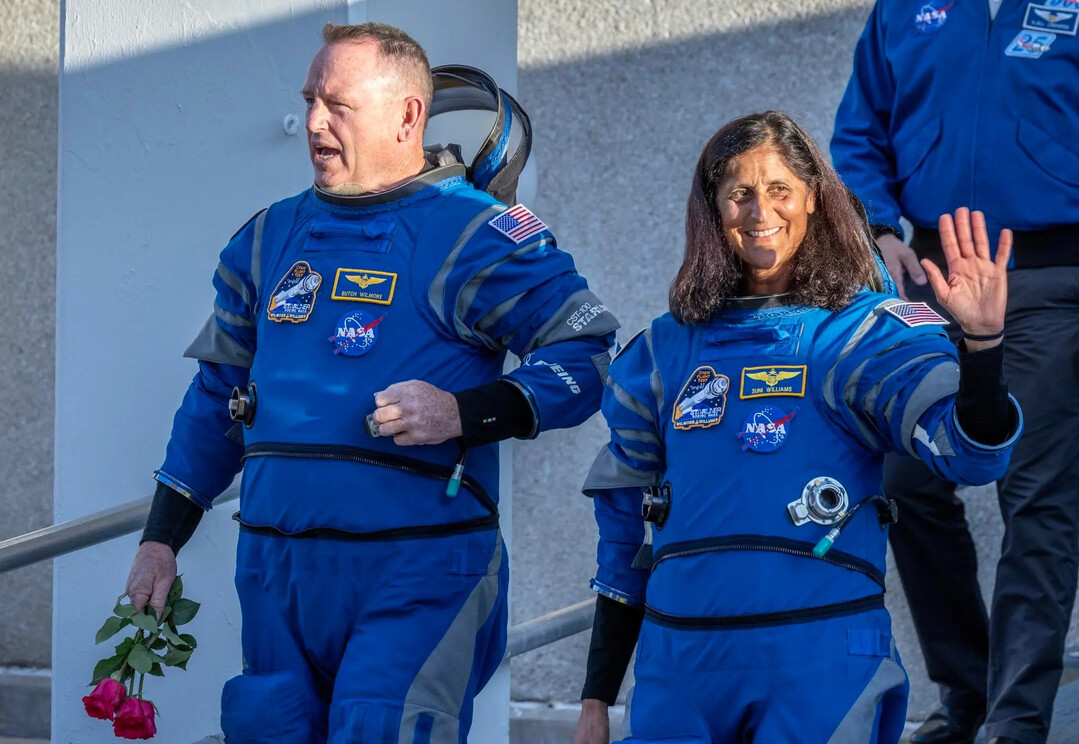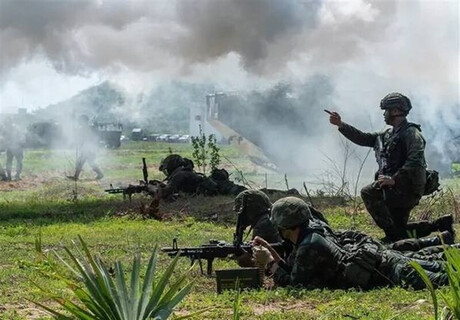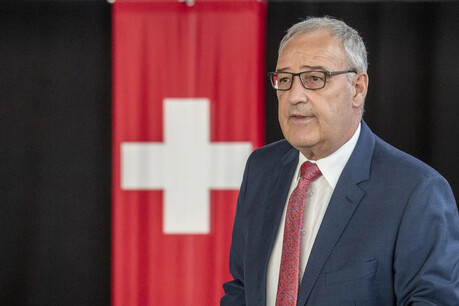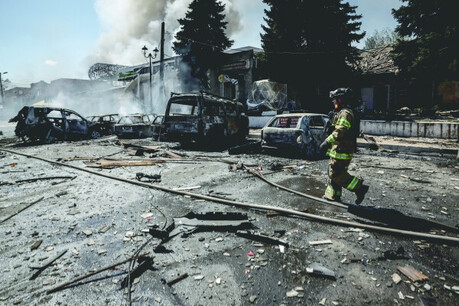
HOUSTON, USA - NASA veteran astronauts Sunita Williams and Butch Wilmore held their first press conference since returning to Earth after spending a much longer-than-planned nine months aboard the International Space Station (ISS). The two astronauts, who safely returned to Earth on March 18th, shared their thoughts on landing and an analysis of the Boeing Starliner spacecraft defects that caused their extended stay at the ISS during a press conference held in Houston, Texas on April 1st (local time).
At the press conference filled with reporters, Wilmore (62) said, "As the spacecraft commander, there were questions that I should have asked but didn't. I didn't know I should have," acknowledging some responsibility for the situation. He added, "There were a few questions I could have asked, and the answers to those questions might have changed the course of events," and stated that he is currently focused on recovering with his family in Texas.
The two astronauts traveled to the ISS on June 5th aboard Boeing's first crewed test flight of the Starliner spacecraft. However, due to propulsion system issues, they were unable to return to Earth and were stranded on the ISS. After the technical issues arose, NASA decided as a precaution to keep them on the orbital laboratory, and the Starliner returned to Earth unmanned.
NASA and Boeing announced that they are reviewing the Starliner's defects and considering whether to conduct another unmanned test flight this summer after the two astronauts returned on March 18th.
However, NASA management assessed this extended stay as an example of the "flexibility" of a new space era where various commercial spacecraft can help each other.
In response, Wilmore emphasized, "We all bear responsibility throughout the entire chain of command," making it clear that both NASA and Boeing are responsible for the situation.
The astronauts also expressed surprise at the intense interest in their situation. Williams said, "I don't think we fully realized it. When we got home, we thought, 'Wow, a lot of people were interested,' and we are very grateful."
She added, "We always knew we would return. This experience was special and left us with lessons. One of them is the ability to be resilient and do our best when faced with unexpected situations."
Williams and Wilmore launched into space aboard the Starliner atop a United Launch Alliance Atlas V rocket on June 5th.
Initially, the two were scheduled to return aboard the Starliner, but NASA decided in August to return the capsule unmanned and assigned the two astronauts to the Crew-9 mission.
During their mission, which was originally planned to include two additional crew members, they participated in over 150 scientific experiments and technology demonstrations, recording a total of over 900 hours of research time.
Key research included plant growth studies, research on the potential of stem cells for treating diseases, and the evaluation of lighting systems to regulate astronauts' circadian rhythms.
Starliner Issues: During this test flight, the Starliner experienced several technical issues, including malfunctioning propulsion system valves. This disrupted the planned rendezvous and docking maneuvers, and NASA postponed the astronauts' return for safety and conducted additional checks.
Crew-9 Mission: Williams and Wilmore were originally scheduled to join the ISS as part of the Crew-8 mission, but were integrated into the Crew-9 mission due to Starliner's delays. Russian cosmonauts Oleg Novitsky, Nikolai Chub, and NASA astronaut Loral O'Hara also participated in the Crew-9 mission.
NASA's Commercial Crew Program: NASA operates the Commercial Crew Program, which supports the development of commercial crewed spacecraft through SpaceX and Boeing. This is the primary means of transporting NASA astronauts to the ISS since the retirement of NASA's Space Shuttle Program. SpaceX's Crew Dragon has already successfully carried out several crewed missions, but Boeing's Starliner is still in the crewed test flight phase.
Importance of the ISS: Operating since 1998, the ISS serves as an important platform for various scientific research, technology development, and international cooperation. Experiments conducted in the microgravity environment contribute to creating new knowledge and technologies that are impossible on Earth.
This Starliner incident underscores the challenges of commercial space development and the importance of safety. NASA and Boeing are expected to build a safer and more reliable space transportation system in the future through thorough root cause analysis and improvements.
[Copyright (c) Global Economic Times. All Rights Reserved.]






























